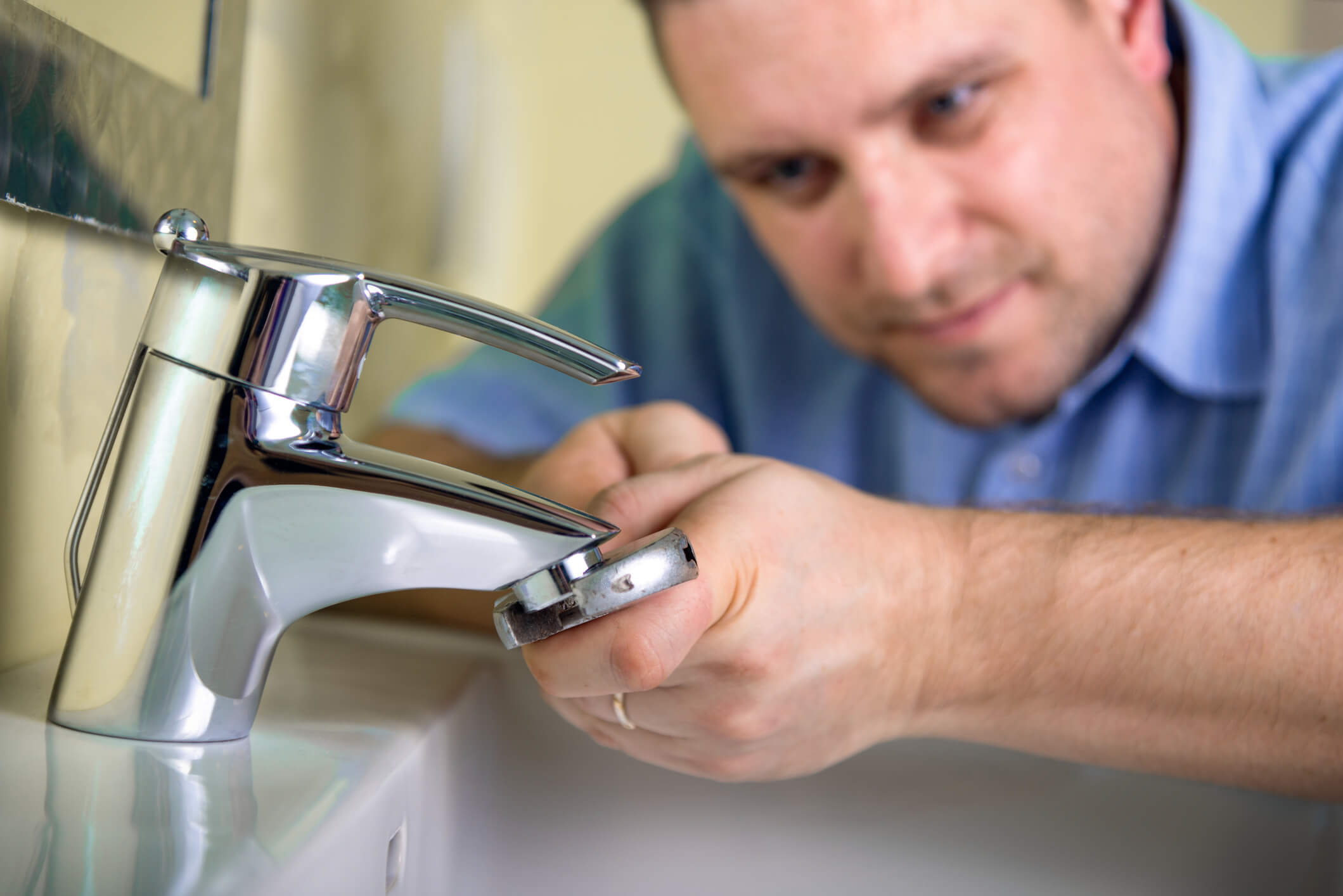The lifespan and overall function of a plumbing system can be affected by the actions of the individuals who utilize it. Whether it’s commercial plumbing or residential plumbing, the Gainesville plumbing experts with Quality Plumbing offer five plumbing tips that residents and business owners should make a habit of!
Know Where Shut-Off Valves Are Located
The majority of water lines within a plumbing system are connected to shut-off valves. Now, the appearance and location of shut-off valves vary in each home or business, so it’s necessary to know exactly where the valves are located. A shut-off valve may be blue or red (to indicate hot water supply line and cold water supply line) and might be circle or lever shaped. Common locations of shut-off valves are near hot water tanks, appliances or outside the home or building. In the event of a plumbing emergency, such as a burst pipe, knowing exactly where to go to turn off the water minimizes further water damage.
Check Pipe Locations Before A DIY Project
Before embarking on a home renovation or a DIY project, plumbers in Gainesville, FL recommend determining if there are any supply or drainage pipes housed in the walls, floors or ceiling of the workspace. This can be a difficult task but it may be possible to determine pipe location using a stud finder. Alternatively, a plumbing professional can check the space to ensure the project can begin without any threat to pipe structure and function. If you forego checking pipe location, be aware that puncturing pipes with screws or nails may result in plumbing repairs, water damage and an overall hefty bill.
Find Out What Is & Isn’t Flushable
While tossing a paper towel into the toilet may seem harmless, it’s not. Being mindful of what is being poured down the drain or flushed down the toilet is a best practice plumbing tip. The following items should never be discarded via the plumbing system:
- Flushable towelettes
- Baby wipes
- Feminine hygiene products
- Condoms
- Paper towels
- Disposable baby diapers
- Kitty litter
- Cotton swabs
- Cotton balls
- Dryer sheets
- Hair
- Food
- Oil
- Grease
- Fats
The above items will not degrade in the plumbing system and are known to become caught in pipes and result in clogs, backups, and overall damage.
Use The Right Tool For The Job
Stay away from plumbing solutions or cleaners that claim to quickly whisk away a clog — they can actually impart more damage to the pipes and system. Our plumbers agree that plungers may be commonly reached for when a clogged drain or toilet is first noticed, but it’s not always the ideal tool. A plunger creates an effective seal to force water onto the degradable clog or blockage until the clog is moved further down the pipe. On the other hand, a wet-dry vacuum is an effective tool that works best for clogs caused by hard objects.
Removing a hard item from the drain is necessary to remove the clog and prevent plumbing damage, which is why a wet-dry vacuum is necessary to suction the object from the pipe. If the hard item is approached with the use of a plunger it may be forced down onto and into the pipes, exacerbating the clog and causing pipe damage.
Don’t Ignore A Leak
A steady drip at the kitchen sink may fade into the background noise of the home but it certainly cannot be ignored or forgotten. Not only is the leak wasting water and money, but it can also continually and quietly grow into a large, costly repair. As a leak progresses, rust can accumulate in steel pipes and plumbing lines, clogging faucets and even cracks which allows more water to leak.
Any exposed pipes, appliances, shelving, cabinets or floors that are exposed to the moisture from the leaking faucet are all subject to damage. Note that water damage isn’t just an eyesore, it can also damage structural integrity through wood rot. Additionally, an unattended leaky faucet can easily invite mold growth to the surrounding surfaces. The growth of mold poses a serious risk to the health of anyone who encounters the leaky faucet and affected surfaces. Mold removal along with pipe or plumbing system repairs equate to more than one costly repair bill.
